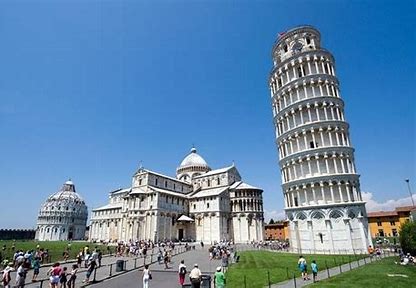
Pope Alexander V is a difficult man to categorize. Sometime around 1339, a child was born near Neapoli, on the island of Crete, or Candia, as it was called. His parents and relatives soon disappeared, and he was left to his own devices, becoming a beggar on the streets. Since Crete was part of the Republic of Venice at that time, it was not unusual for Italian priests to be there serving the communities. An Italian Franciscan found the homeless child and gave him an elementary education. The child was baptized Pietro Phillarges.
He joined the order while still in Crete. A bright young man, the priest sent Pietro on to Italy for further education. The order sent him on to Oxford University and then the University of Paris where he studied theology. While in Paris, he was a professor, a preacher and a writer. And, while in Paris, the Western Schism began. Pietro supported Urban VI (1378-1389).
Leaving Paris, Pietro returned to Italy and became the tutor of the sons of the Duke of Milan, Giangaleazzo Visconti as well as the Duke’s personal ambassador. The Duke sponsored Pietro’s rise through the ranks of the Church, becoming bishop of Piacenza in 1386, bishop of Vicenza in 1387, bishop of Novara in 1389 and archbishop of Milan in 1402. Three years later, Pope Innocent VII made him a cardinal and then confirmed him as papal legate to Lombardy.
At this point, Pietro devoted himself to the reunion of the Church, which currently had two popes, Innocent and Benedict XIII. Innocent died and Gregory XII reigned in his place while Benedict chose to stand his ground. A number of Roman and Avignon cardinals, including Pietro, promoted a Council in Pisa in 1409. As one of the leaders, Pietro approved the withdrawal of required obedience that the cardinals owed the pope. Pope Gregory was so incensed that he ordered Pietro’s loss of his benefits as archbishop and cardinal.
At the Council, Pietro gave the opening address and presided over the meetings. He was quite demanding in his remarks, declaring the schism the fault of both popes. The cardinals joined him in declaring both of them deposed and the Chair of Peter vacant. Then he was unanimously elected the new pope, taking the name of Alexander V. The coronation took place 26 June 1409. The plan of the cardinals was to elect him and force the other two to abdicate. It did not work.
Most of Europe proclaimed Pope Alexander to be the true pope, except for Aragon and Scotland, who supported Benedict of Avignon and several Italian city states who continued to support Gregory XII.
Pope Alexander’s aim was to broaden his support with the help of France, including Louis II of Anjou. So, he removed King Ladislaus from Naples and gave the kingdom back to Louis. Now, the only problem was that he could not get back to Rome. Ladislaus had the entire area under his control. Louis did not capture Rome until 1410, where Alexander was declared pope. The promises of reforms he made, like abandonment of the “spoils” system and the re-establishment of canonical elections in cathedrals and monasteries, came to nothing. But he did give out monetary favors to mendicant orders, like the Franciscans.
Within months, Cardinal Baldassare Cossa of Bologna detained the new pope. On the night of 3 May 1410, Pietro of Candia, Pope Alexander V died suddenly. There was a rumor at the time that he was poisoned. But that is no longer accepted. He was buried at the Church of St. Francis in Bologna.
Cossa was elected within a short time. He took the name Pope John XXIII.
At first, Alexander was considered a legitimate pope and Gregory was said to have ended his official reign in 1409 and that John XXIII followed. But, in 1958, Giuseppe Roncalli proclaimed Popes John I through John XXII had “indisputable legitimacy”, implying that John XXIII did not. Roncalli took John XXIII for himself. Today, the old John XXIII and Alexander V are considered antipopes. Alexander V’s name still remains in the numbering sequence because Rodrigo Borgia took the name Alexander VI in 1492, long before the dispute arose.

Recent Comments